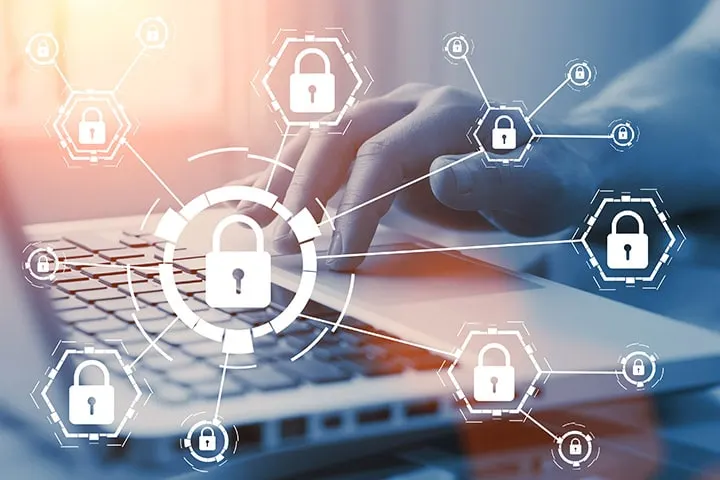Steps to Secure Your Smart Infusion Pumps From Cyber Attacks

Since the late 1960s, infusion pumps have been used by hospitals and healthcare facilities to administer fluids and medications to patients in need. In the modern age, smart pumps emerged as the new and improved versions of IV pumps. Capable of recognizing and preventing medication errors and promoting greater patient satisfaction, these smart infusion pumps are now a ubiquitous sight in just about any medical center throughout the United States.
However, just like with any other type of hospital equipment, smart pumps need to be used properly. Precautions must be taken to ensure that all procedures are followed and that access is restricted to only authorized personnel. This can be a challenge when dealing with smart pump technology, as digital advancements can be used to either help or hurt us as a society. Rather than ignoring these risks, it's essential to proactively prepare for them and emphasize best practices for smart pump usage.
Is All Smart Technology Vulnerable to Hacking?
In a word, yes. Although we love our smart thermostats and our smart TVs, the reality is that this technology makes everything more convenient. That can be a great thing, but it can also make these devices more vulnerable to malicious activity. Theoretically, just about any smart device could be hacked.
Smart pumps, in particular, wirelessly connect to electronic patient health records and other hospital servers. While it isn't exactly likely to occur, it is possible for these systems to be compromised by malware, which could make the pumps behave differently than originally intended. These malicious programs could also compromise drug library data and other protected health information.
Should This Risk Keep My Facility From Purchasing or Using Smart Pumps?
Absolutely not. Knowing that your smart gas meter or smart refrigerator could potentially be compromised doesn't mean you need to (or will want to) discontinue using those devices. We live in a digitally powered world that demands accuracy and convenience. With any innovation comes possibly harmful considerations. Rather than discontinuing the use of these beneficial medical devices, we should instead be working to minimize these risks through proper training and equipment security measures.
How to Secure Smart Infusion Pumps From Cyber Attacks
- Conduct a Risk Assessment: In order to properly safeguard these devices from potential threats, you must first identify what those threats might be. This process would typically involve evaluating current cybersecurity controls for the pump, its data storage, its network connections, its remote access, and its inventory control and gaining a deeper understanding of the various threats (e.g., targeted attacks, DDoS attacks, malware infections, theft, and more) that could impact operations.
- Identify Vulnerabilities: Any device has its own set of vulnerabilities. It's essential to know where these vulnerabilities lie so that you can adequately address them and protect the system more adequately. These vulnerabilities could include a lack of asset inventory, poor encryption methods, inadequate data backup procedures, the potential for unauthorized adjustments to device data, insufficient data validation, pump misconfiguration, use of default passwords, inadequate remote access control, and weak points in the IT structure of the organization. Because smart pumps connect directly to the facility's network and can access patient files easily, it's essential to look at the big picture of security, rather than merely the vulnerabilities that exist within the device itself.
- Develop a Risk Strategy: In order to provide the highest level of protection for these devices, you'll need to essentially prepare for the worst case scenario. Your facility will need to create a risk response and mitigation strategy that can help you to evaluate and implement the actions necessary to reduce and even eliminate those key risks to your devices. This procedure usually involves physical, technical, and administrative steps and could include the use of tamper-resistant seals, asset tracking systems, device transport policies, frequent authentication control adjustments, encryption keys, disabling of ports, and more.
Smart infusion pumps simply provide too much value to both patients and medical staff to discontinue their use. But in order to protect everyone involved, cybersecurity must be made a priority. By developing a comprehensive plan to mitigate risks, your staff can take full advantage of this incredible medical technology.
